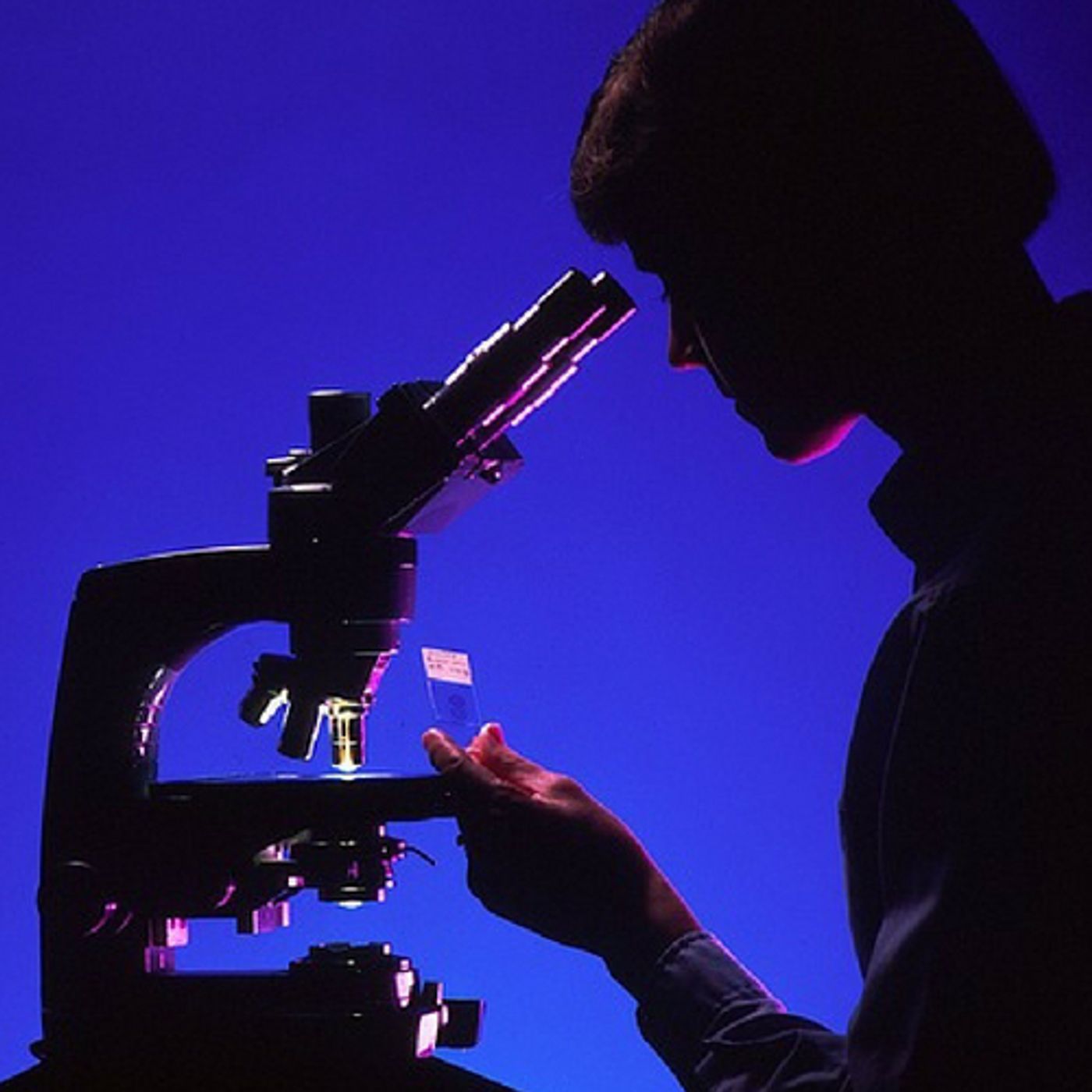When researching diseases that affect the brain, it's difficult to ethically use human patients. There are experiments that cannot be performed on living subjects. Brain banks are an option for tissue samples, but the need is greater than the supply.
What researchers often need to do is create a brain, but that isn't always easy. Mini brains, also known as organoids, are being used more often in research. They allow scientists to see how different mechanisms in the brain work, how cells develop and multiply, and how a disease progresses.
At the University of Texas, San Antonio, a new study involving lab-created organoids is being conducted to hopefully reveal the mechanics of diseases like epilepsy. They start with blood and DNA samples from patients who have epilepsy. From these samples, stem cells can be extracted and used to literally "grow a brain" in a petri dish. That organoid will be a much simpler and smaller version of a full-grown human brain, but since it's not part of a living patient, more experiments can be done, without the ethical dilemmas.
In an interview with local news station KSAT, Jenny Hsieh who is UTSA's brain health consortium director stated, "We lack understanding of how the brain is born. How does it develop when there's disease of the brain? We don't know the root cause of the diseases. We are starting to learn for the first time how human neurons are developed. This is something we've never been able to watch. We can see how they develop, how long it takes to make connections and the connectivity they have."
Genetics are also at play in brain development. Many neurological conditions are a result of a mutation in the patient's DNA. Through gene editing techniques like CRISPR, scientists can virtually cut and paste DNA, with molecular tools, and edit out mutations. Again, in a living patient, this would be problematic, but with lab-grown organoids, scientists can manipulate the genes, cells, and tissue to find out what they need to know. It's the modern molecular version of dissecting a frog without actually having to euthanize a frog.
Dr. Hsieh went on to tell KSAT, "Now we can very precisely edit the person's DNA in order to understand if that gene causes the disease, and this could be a way that we could fix the patients' genetic mutation." Finding out the precise genetic and molecular mechanisms on an organoid in the lab is the best way to understand how some conditions that impact brain health develop. Once the cause is known, the path to finding treatments is much easier.
The Brain Health Consortium at UTSA is currently looking for patients to be part of their research. To find out more about the study, click here. To hear from Dr. Hsieh on the research, check out the video below.
Sources: KSAT Brain Health Consortium
-
APR 30, 2024Immuno-Oncology Virtual Event Series 2024
-
MAY 07, 20243rd International Biosecurity Virtual Symposium
-
SEP 03, 2024Microbiology Week Virtual Event Series 2024
- See More


















































